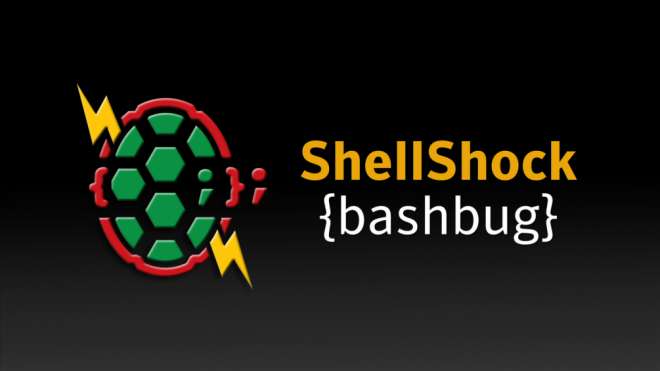Yesterday we swiftly patched all of our customers web servers due to a critical vulnerability to Bash, aka the Bourne-Again Shell. but what damage could this vulnerability do?
The flaw involves how Bash evaluates environment variables. With specifically crafted variables, a hacker could use this hole to execute shell commands. This, in turn, could render a server vulnerable to ever greater assaults.
By itself, this is one of those security holes where an attacker would already need to have a high level of system access to cause damage. Unfortunately, as Red Hat’s security team put it, “Certain services and applications allow remote unauthenticated attackers to provide environment variables, allowing them to exploit this issue.”
The root of the problem is that Bash is frequently used as the system shell. Thus, if an application calls a Bash shell command via web HTTP or a Common-Gateway Interface (CGI) in a way that allows a user to insert data, the web server could be hacked. As Andy Ellis, the Chief Security Officer of Akamai Technologies, wrote: “This vulnerability may affect many applications that evaluate user input, and call other applications via a shell.”
That could be a lot of web applications — including many of yours.
The consequences of an attacker successfully exploiting this vulnerability on a Web server are serious in nature. For example attackers may have the ability to dump password files or download malware on to infected computers. Once inside the victim’s firewall, the attackers could then compromise and infect other computers on the network.
Aside from Web servers, other vulnerable devices include Linux-based routers that have a Web interface that uses CGI. In the same manner as an attack against a Web server, it may be possible to use CGI to exploit the vulnerability and send a malicious command to the router.
About Kappy Prasad
Founder & CEO at iNode Cloud

